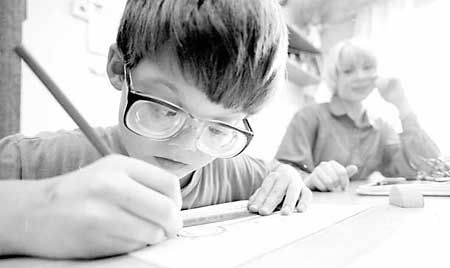Medical expert of the article
New publications
Walking in the fresh air prevents the development of myopia
Last reviewed: 01.07.2025

All iLive content is medically reviewed or fact checked to ensure as much factual accuracy as possible.
We have strict sourcing guidelines and only link to reputable media sites, academic research institutions and, whenever possible, medically peer reviewed studies. Note that the numbers in parentheses ([1], [2], etc.) are clickable links to these studies.
If you feel that any of our content is inaccurate, out-of-date, or otherwise questionable, please select it and press Ctrl + Enter.
The longer a child or teenager spends outdoors, the less likely he or she is to develop or progress to myopia.
Nearsightedness (also known as myopia) is a vision defect in which the image falls not on the retina of the eye, but in front of it, due to the increased optical power of the refractive system of the eye and, consequently, excessive focusing. In this case, a person sees well up close, but poorly in the distance. The main risk factor for a child's nearsightedness is poor vision of both parents. If measures are not taken in time, the disease progresses, which can lead to irreversible changes in the eye and significant vision loss.

Scientists from the University of Cambridge (UK) conducted a review of 23 studies and a meta-analysis of the results of 7 simultaneous studies. Taking into account independent variables, they found that each additional hour outdoors per week reduces the likelihood of myopia in children by 2%.
Data from three prospective cohort studies have provided estimates of the risk of myopia according to the amount of time spent outdoors. In addition, three studies (two prospective cohort studies and one randomized controlled study) found that increasing the duration of outdoor activities significantly reduced myopia progression.
Overall, the findings suggest that regular, long periods of outdoor activity may be a simple way to reduce the likelihood of myopia development and progression in children and adolescents, the researchers conclude.
The number of people suffering from myopia has increased dramatically in recent decades. People wearing glasses have become an integral part of the times; about 1 billion people wear glasses worldwide.

